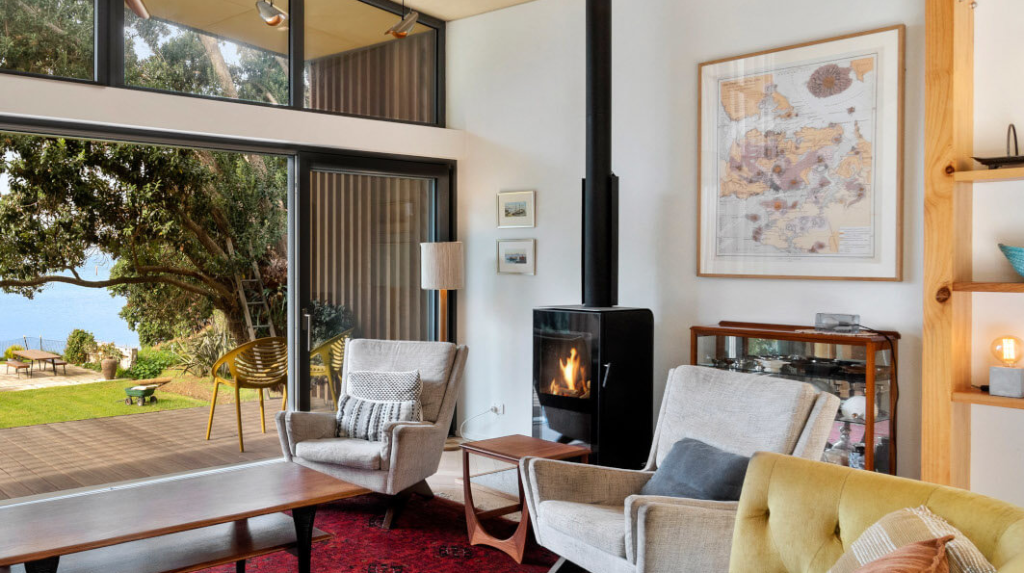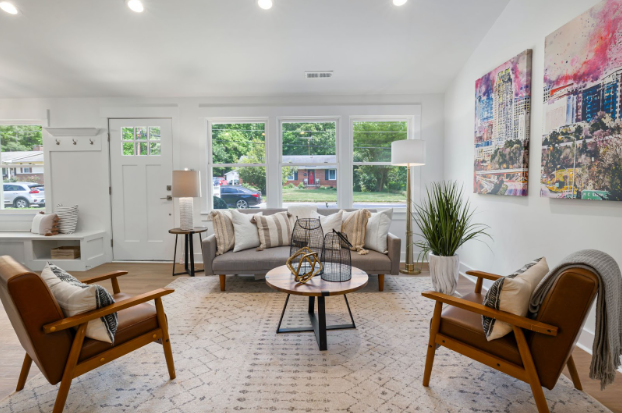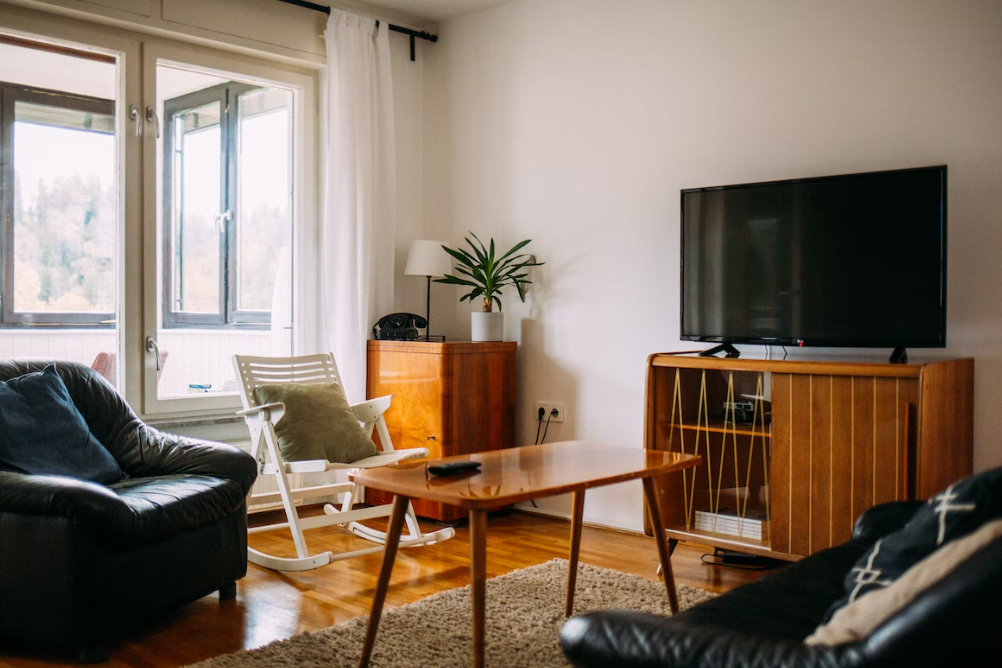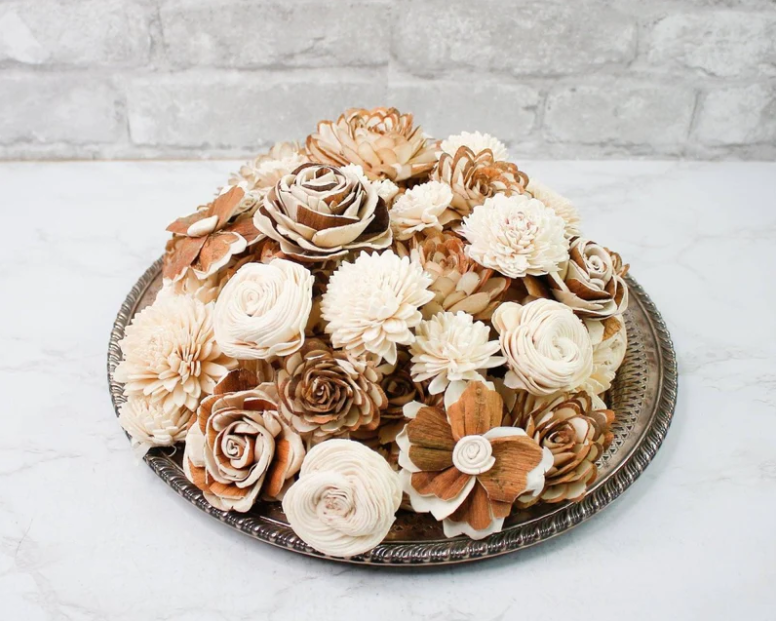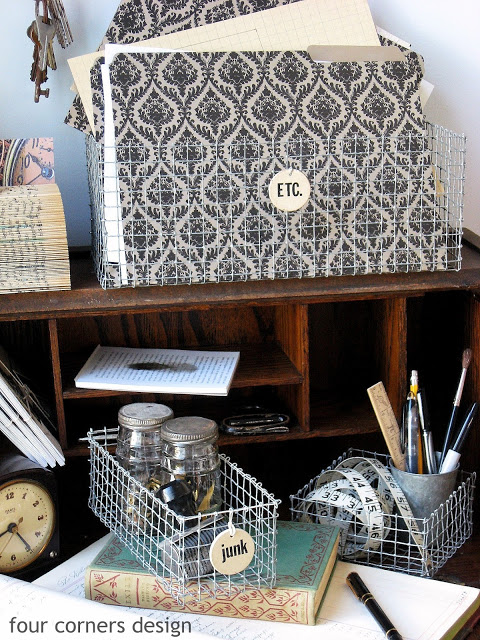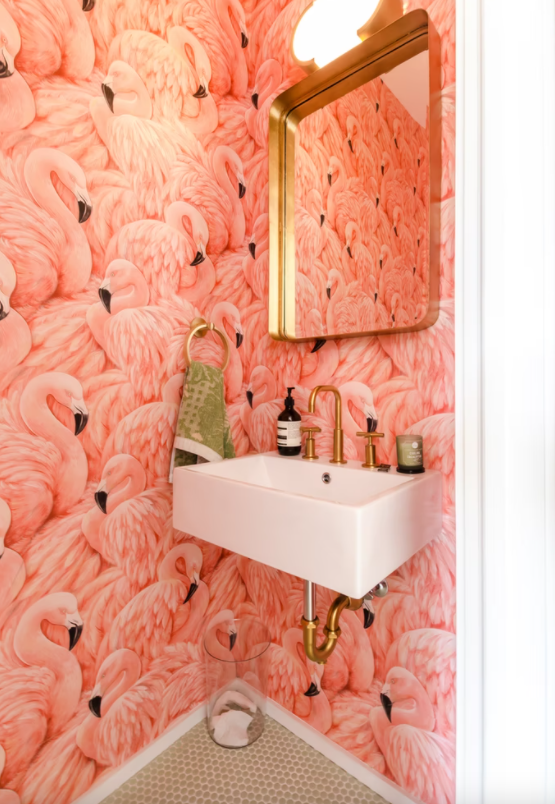The Essential Guide to Evaluating Quality, Condition, and Value When Buying Pre-Loved Furniture

Buying pre-loved furniture is a smart, sustainable way to furnish your home with personality and value!
Whether you’re decorating a new living space or revamping a room for a growing family, carefully selected secondhand pieces can add warmth and character at a fraction of the cost of new. But with so many options out there—especially in thriving local markets—how do you know you’re investing in furniture that truly lasts? This essential guide will walk you through every step of the process and help you shop confidently and wisely.
Step 1: Define Your Needs and Style
Before you start shopping, get clear on what you want:
- Measure your space: Write down the dimensions of your rooms and the intended spot for each piece. Oversized items or those that don’t fit your layout will be more costly—or impossible—to fix later.
- Clarify your style: Are you seeking vintage charm, rustic touches for a nursery, or modern clean lines? Understanding your style prevents impulse buys and helps curate a cohesive look.
Step 2: Where to Shop
Explore outlets like Right at Home Designs, which feature ever-changing inventories from luxury neighborhoods—think cozy couches, handcrafted tables, and statement pieces at up to 90% off retail prices. Shopping locally supports community initiatives and lets you discover unique treasures unavailable elsewhere.
Step 3: Inspect for Quality and Structural Integrity
High-quality secondhand furniture offers lasting value and safety. What should you look for?
Construction and Materials
- Solid wood vs. particle board: Test the weight—solid wood is heavier, more durable, and usually has a sturdier feel. Particle board or MDF is much lighter and less resilient over time.
- Joints and fasteners: Examine how pieces are held together. Seek out dovetail, mortise and tenon, or finger joints in wood furniture—they’re secure and a hallmark of craftsmanship. Avoid pieces heavily constructed with visible glue or cheap staples.
- Upholstery: For sofas and chairs, gently push and shake to check for wobbling or loose parts. Frames should be solid wood, and fabric should have no large tears, stains, or signs of pests.
Functionality
- Drawers and hinges: All moving parts should open and close smoothly.
- Missing parts: Make sure hardware, knobs, shelves, and handles are present.
Odor and Cleanliness
Don’t underestimate the sniff test. Lingering smells—smoke, mildew, pets—can be impossible to eliminate. New paint or fabric may help, but odors that have soaked in are often permanent.
Step 4: Assess Condition and Opportunity for Restoration
Some wear is expected with pre-loved pieces, but be realistic about your willingness and ability to restore them:
- Superficial flaws (scratches, dings, chipped paint) can often be repaired or disguised affordably.
- Significant structural damage—broken supports, signs of rot, cracks—should be deal-breakers unless you’re skilled in repairs.
- Research the cost and availability of replacement parts if needed.
- Ask sellers for close-up photos and more details if shopping online, and inspect all sides in person.
Step 5: Value and Negotiation
Estimate the value by considering:
- Original retail price versus current condition.
- Brand or artisan pedigree—look for hidden labels or marks inside drawers and doors for high-end pieces.
- Rarity and design appeal—unique finishes or vintage shapes may fetch higher prices and add distinctiveness to your space.
- Compare prices across stores and online marketplaces. Local stores offer transparent pricing and the joy of discovering something truly special.
Don’t hesitate to negotiate respectfully, especially for items with minor flaws or missing parts.
Step 6: Creative Inspiration—Tie in Personal Design Themes
Secondhand furniture is ideal for creative projects. For families planning for unique decor, explore vintage dressers, cozy rocking chairs, or rustic shelves from stores offering pre-loved furniture in Park City, Utah. Use your finds as a foundation for imaginative decorating—think woodland adventure motifs, mountain cabin rusticity, or a space explorer’s retreat, all inspired by quality secondhand pieces that are both functional and full of character.
Step 7: Sustainability and Community Impact
Buying secondhand is eco-friendly, keeps furniture out of landfills, and aligns with sustainable living. Shopping at local stores like ReStore helps fund housing initiatives and supports community members in Summit and Wasatch Counties.
By following this essential guide, you’ll be prepared to spot gems, avoid headaches, and confidently choose pre-loved furniture that delivers years of comfort and style. Whether you’re outfitting a family space or creating memorable, unique boy nursery themes, start your search with trusted stores and enjoy the satisfaction of combining smart spending with unique, sustainable flair.


